How the poppy captured the imagination of the nation
Poppies aren't just beautiful, natural flowers lighting up the countryside; they're inextricably linked with our history. Jack Watkins looks at how the ‘painted glass’ that ‘never glows so brightly as when the sun shines through it’ became a powerful symbol of the brevity of life.
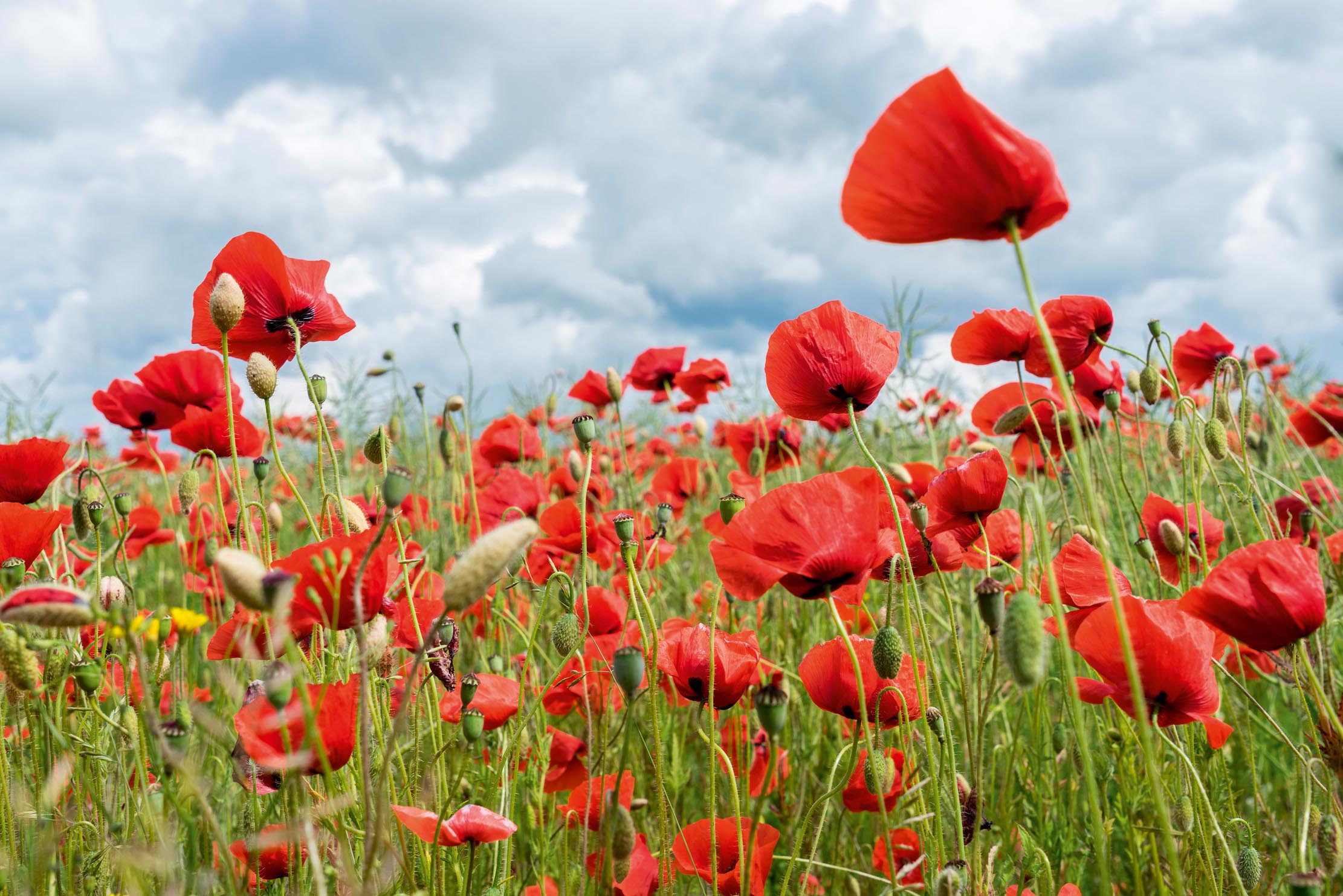

John Macrae was a physician who, after enlisting with the First Brigade of the Canadian Field Artillery in 1914, became the first of his countrymen to be made a consulting surgeon of the British Army. Within a year, he was tending the wounded of the second Battle of Ypres. Inspired by the makeshift grave of a friend killed in the fighting, he wrote a poem that began with the simple lines:
In Flanders fields the poppies blow Between the crosses row on row.
Reflecting the poignant spectacle of the crosses set above the massed burials, with hundreds of poppies already shooting up among them, In Flanders Fields was published anonymously in Punch magazine. Before long, the verse had so caught the public imagination that the common poppy became the adopted Flower of Remembrance for the British and Commonwealth war dead — and has remained so to this day.
READ MORE: The six varieties of poppy ever gardener needs to know
Yet, somewhat ironically, the poppy is an invasive plant species, an interloper within the ranks of Britain’s historic flora. The Botanical Society of Britain and Ireland includes common poppies within its list of archaeophytes, that is non-native (alien) taxa introduced by humans, either intentionally or unintentionally, and which became naturalised between the start of the Neolithic period and 1500AD. The common poppy is thought to have first arrived as seeds within the corn-crop imports of Iron Age farmers 5,000 years ago, possibly from the eastern Mediterranean area.
Poppy seeds germinate on disturbed soil, typically after ploughing or tilling, which is why it thrived on the battlefields of the Western Front, where the terrain was scarred by shells and thousands of marching feet. Thus it came to be included within a group of plants, including charlock, cornflower and knapweed, associated with our arable landscapes. The agricultural association predates the poppy’s arrival on these shores, however. The Assyrians called poppies ‘the daughters of the field’ and the Romans depicted their goddess of corn, Ceres, wearing a wreath of wheat stalks and common poppies. Its Latin name, Papaver rhoeas, was given to it by the Swedish botanist Carl Linnaeus in 1753.
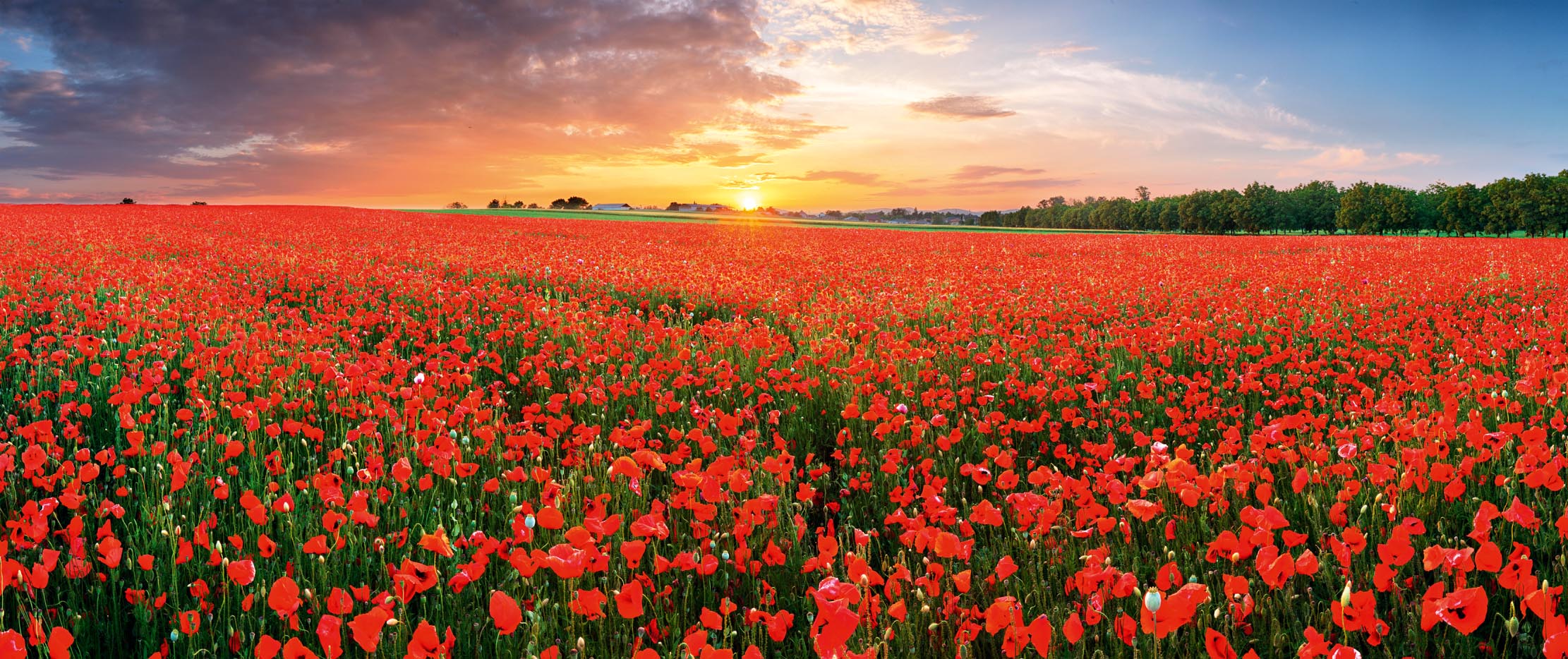
It was two British writers in the 19th century who hymned the plant’s distinctive aesthetic. In Proserpina, his study of wayside flora, John Ruskin described it as ‘the most transparent and delicate of all the blossoms of the field’. To him, the poppy petal was like ‘painted glass’ that ‘never glows so brightly as when the sun shines through it’.
Rather less recalled today is the former Daily Telegraph theatre critic Clement Scott, whose rapturous columns about Poppyland in the 1880s enjoyed a large and receptive following in their day. It was at about this time that the north Norfolk coast was beginning to be discovered, with a new railway line attracting tourists to places such as Cromer, where Scott was enchanted by the seas of bobbing poppies he found in the fields by the cliff paths. He wrote in The Garden of Sleep:
Neath the blue of sky, in the green of the corn, It is there that the regal red poppies are born! Brief days of desire, and long dreams of delight, They are mine when Poppyland cometh in sight
Rank doggerel this may have been, but, before long, the Great Eastern Railway had renamed the local rail track the Poppy Line in response to the numbers who were inspired to visit the area after reading Scott’s words. Today, the common poppy is the county flower of Norfolk (as it is of Essex), having been chosen by the public in a 2002 Plantlife survey.
Sign up for the Country Life Newsletter
Exquisite houses, the beauty of Nature, and how to get the most from your life, straight to your inbox.
Monet liked to paint poppies, as did van Gogh. Perhaps the appeal of the poppy to writers and artists, apart from its numbers and tenacity, is its association with both the brevity of life and renewal. The poppy flower sheds its petals after a single day, but a healthy plant will produce more than 400 flowers in succession throughout the summer (it can be seen in bloom from June to September, sometimes as early as May and into October). The plant itself can take on quite a bushy, upright form that stands more than 2ft tall.
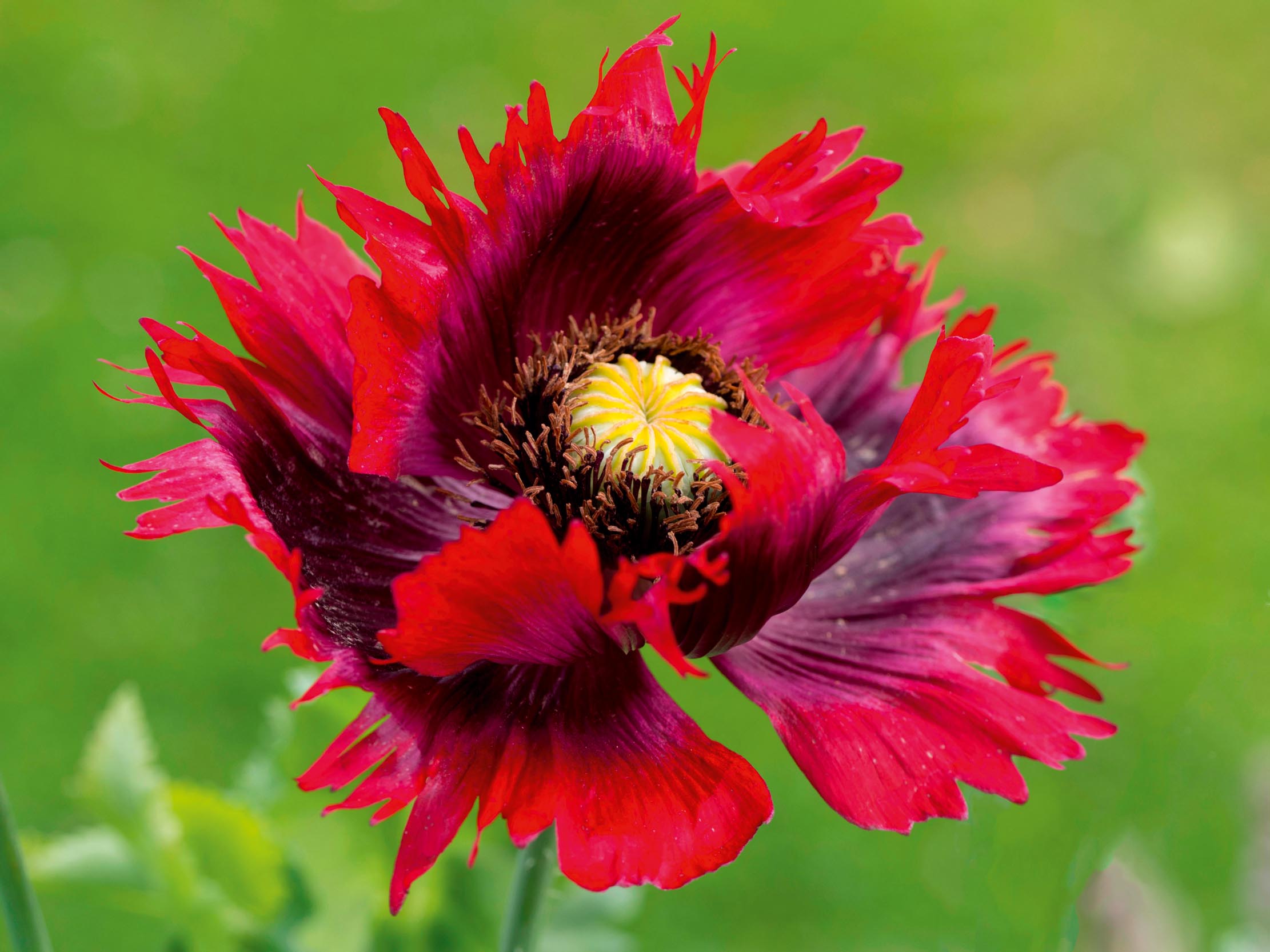
Although the wanderer may thrill to the spectacle of what seem like flickering cloaks of crimson thrown across a field, arable farmers are less enthusiastic, as only a few established poppies can have a costly effect on crop yields. Small wonder then that, armed with efficient new herbicides in the unsentimental agricultural environment of the second half of the 20th century, poppies were, as Richard Mabey has written, ‘sprayed almost into oblivion’. If they have made any sort of comeback in the farmed landscapes of the 21st century, it has been within the wildflower mixes sown by those desperate to adopt green credentials.
Nonetheless, poppies could yet have the last laugh. They produce 15,000–20,000 seeds per plant, which, thanks to hard outer capsules, can survive for almost a century deep in the soil, waiting for the moment to send up shoots when conditions are favourable once more. If the Government, freed from the constraints of the EU’s Nature-unfriendly Common Agricultural Policy, was to truly live up to its promise to invigorate a more environmentally supportive approach to farming, might we yet see a return to the blissful days of Poppyland?
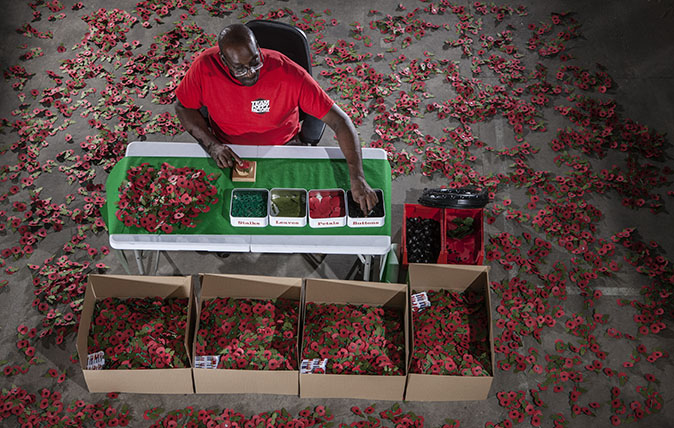
The poppy maker: ‘I was very weak, very emotional and in a bad place when I started, but I’m back to my old self again now’
Wish Lloyd battled a traumatic childhood, the army, an athletics injury and homelessness to find his place at the Poppy
Somerset born, Sussex raised, with a view of the South Downs from his bedroom window, Jack's first freelance article was on the ailing West Pier for The Telegraph. It's been downhill ever since. Never seen without the Racing Post (print version, thank you), he's written for The Independent and The Guardian, as well as for the farming press. He's also your man if you need a line on Bill Haley, vintage rock and soul, ghosts or Lost London.
-
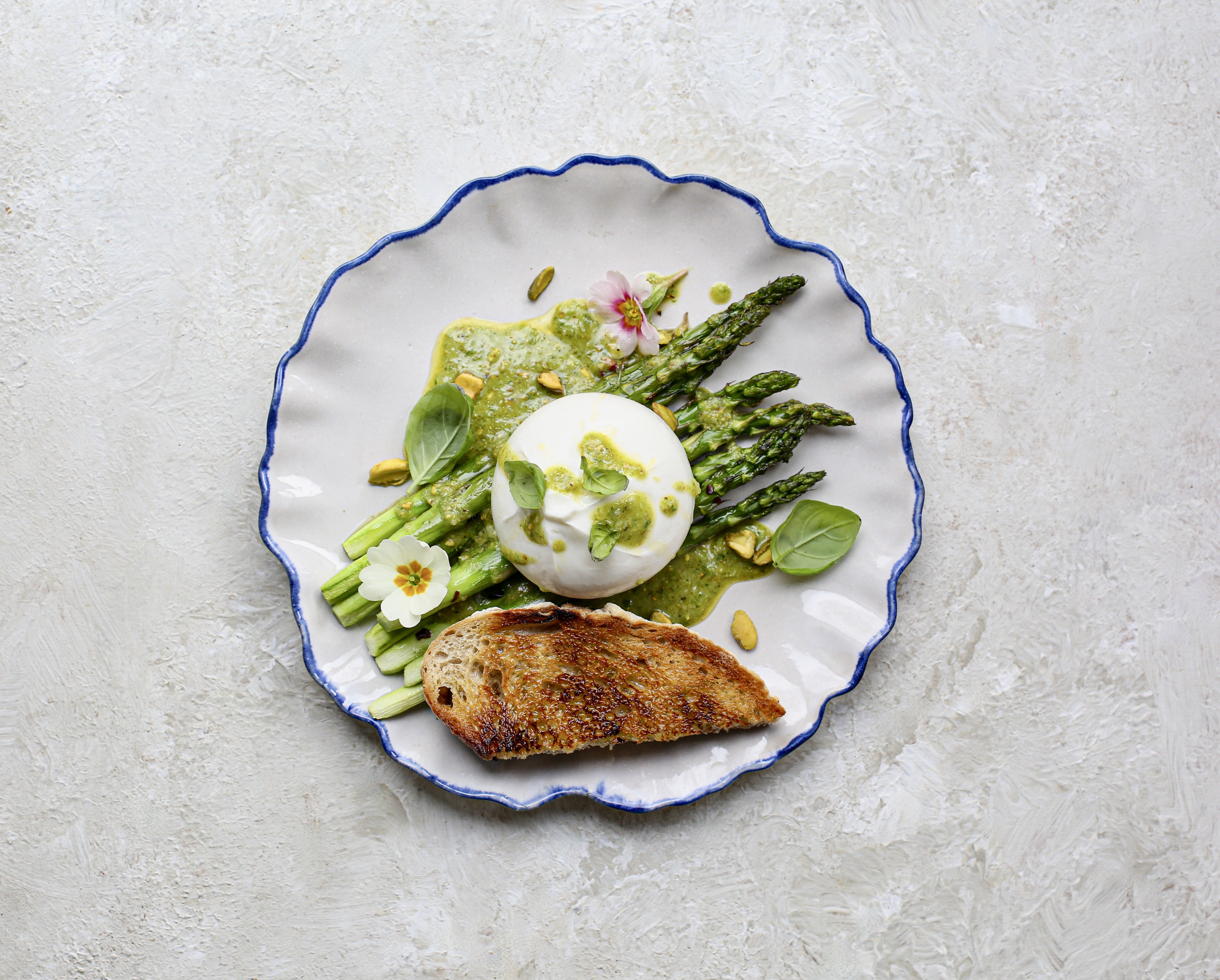 Two quick and easy seasonal asparagus recipes to try this Easter Weekend
Two quick and easy seasonal asparagus recipes to try this Easter WeekendAsparagus has royal roots — it was once a favourite of Madame de Pompadour.
By Melanie Johnson
-
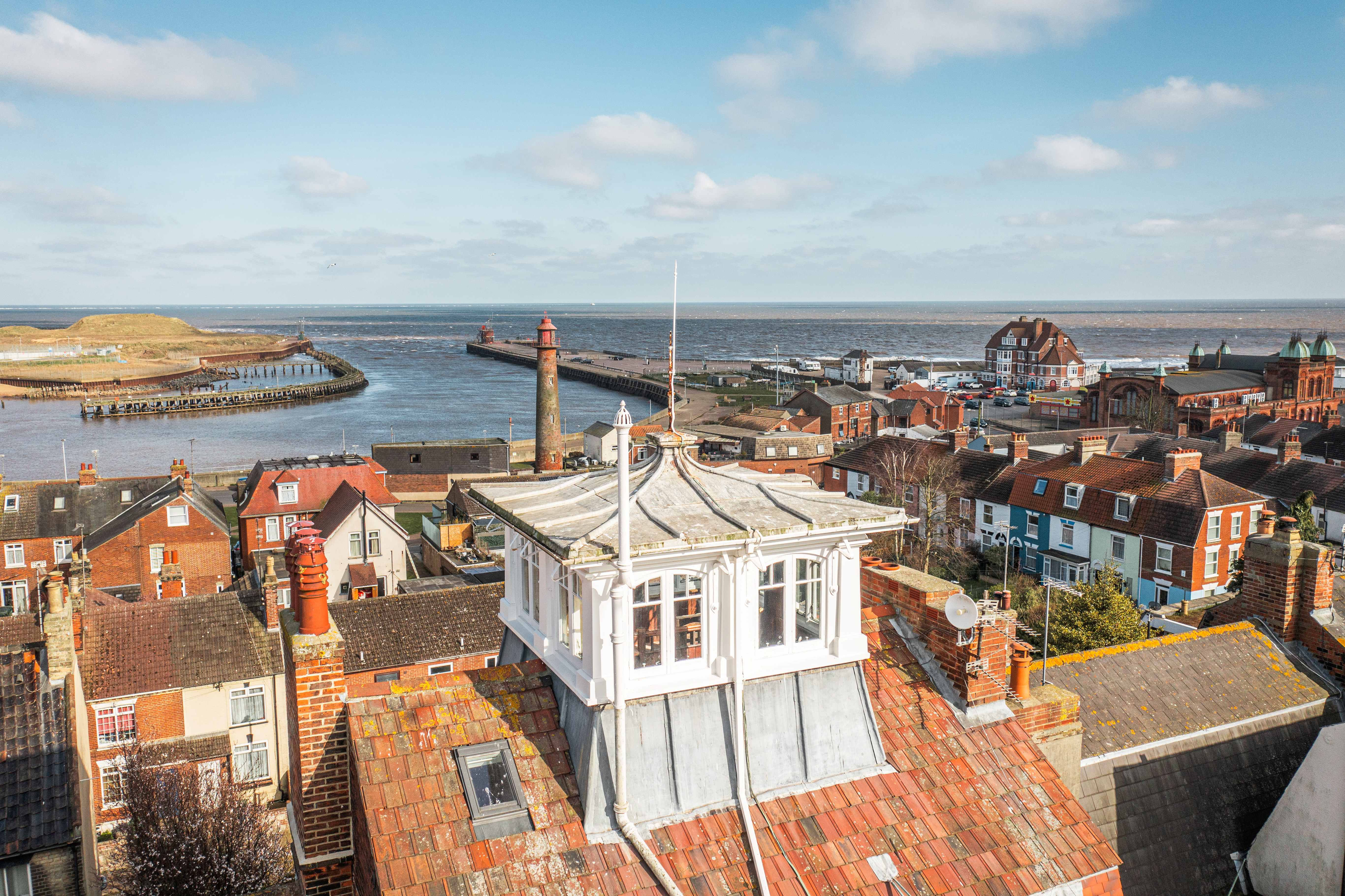 Sip tea and laugh at your neighbours in this seaside Norfolk home with a watchtower
Sip tea and laugh at your neighbours in this seaside Norfolk home with a watchtowerOn Cliff Hill in Gorleston, one home is taller than all the others. It could be yours.
By James Fisher